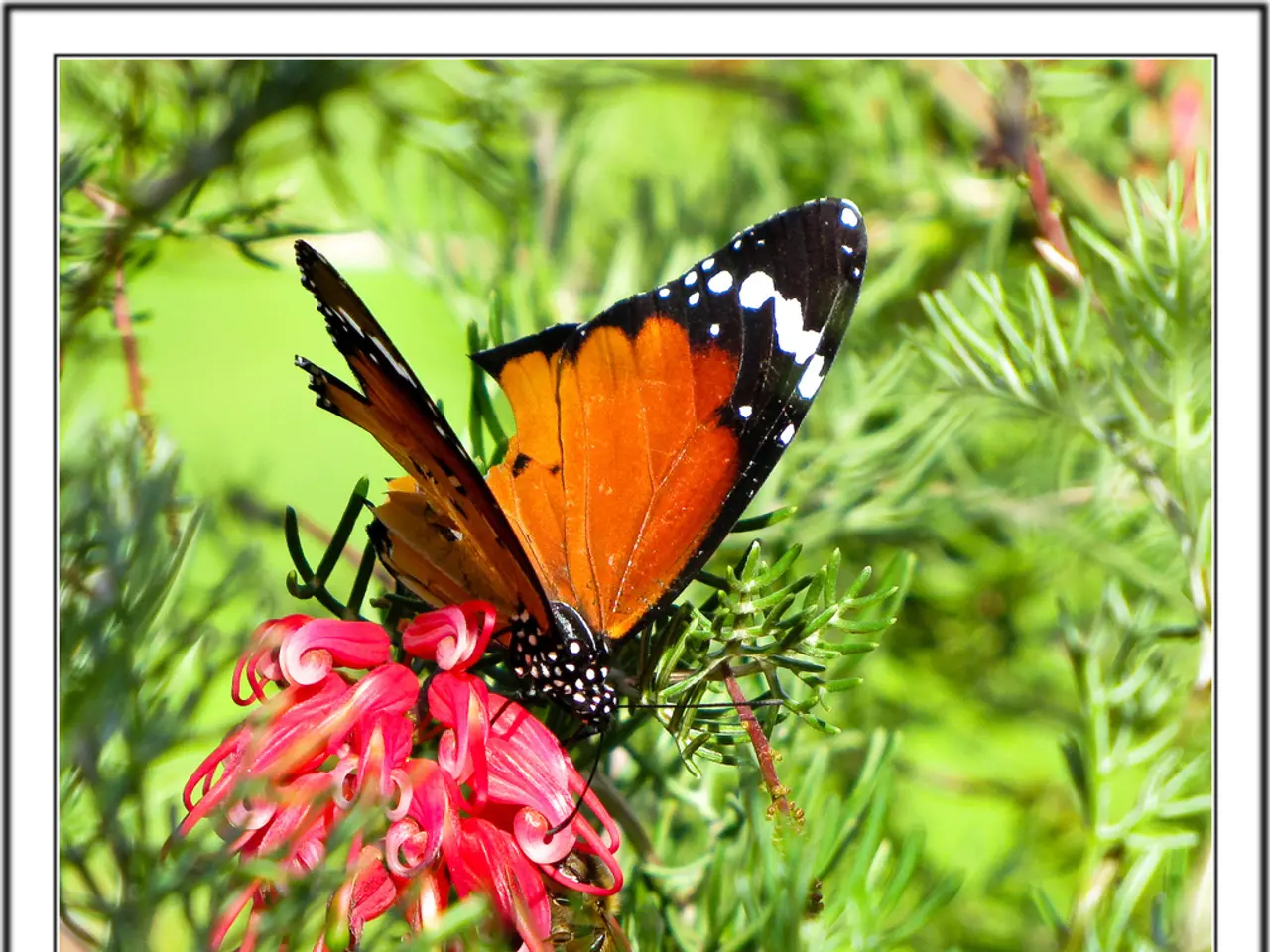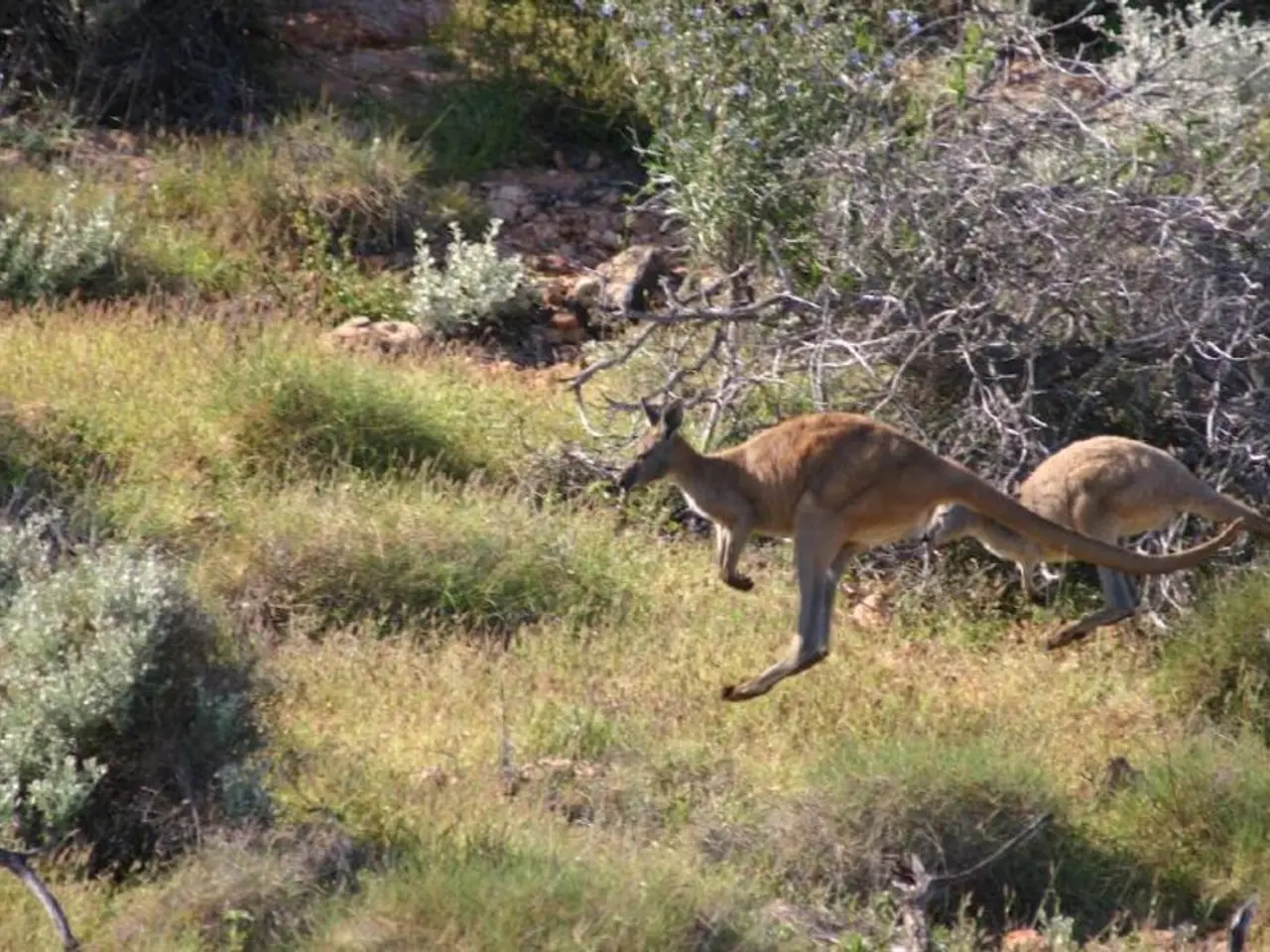Identifying obscure butterflies in your garden? Our convenient guide offers helpful tips for recognizing ten magnificent garden butterflies
The Big Butterfly Count, an annual initiative organized by the Butterfly Conservation charity, invites UK residents to participate in a nationwide survey of butterflies and day-flying moths. This project, running from July 18 to August 10, aims to monitor the ecological health of these delicate creatures, which serve as crucial indicators of environmental changes due to their sensitivity to habitat and climate conditions.
Butterflies are key biodiversity indicators, and changes in their populations can signal broader environmental issues, such as habitat loss and climate change. By participating in the Big Butterfly Count, individuals can help guide conservation efforts and protect not just butterflies but also other wildlife that share their habitats.
To take part, simply choose a sunny spot in a garden, park, or open area where butterflies are likely to be seen. Spend 15 minutes counting the butterflies and day-flying moths you see, noting the species, numbers, and any other relevant details. Report your findings to the Big Butterfly Count organizers, and even if no butterflies are seen, this information is valuable as it helps in understanding the distribution and abundance of butterflies across different regions.
Some common butterflies you might encounter include the Speckled Wood, which has spread over many areas in the east and north of England, and Scotland since the 1920s. The Peacock butterfly, with its striking patterns, is widespread in Britain and Ireland. Another strong-flying garden butterfly is the Red Admiral, which migrates from North Africa and Continental Europe.
The Painted Lady, which enjoys drier and more open spaces, has increased in its distribution by 14 per cent since the 1970s. The Small White, a well-known British garden butterfly, can be distinguished from the Large White by its lack of the larger spot on the tip of its forewing.
The Small Tortoiseshell, a garden butterfly that visits flowers in high numbers, and the Meadow Brown, one of the most widely spread butterflies throughout Britain and Ireland, are also common sights during the Big Butterfly Count. The Holly Blue, which emerges earlier than other blue butterflies, can be found in parks and gardens, particularly around ivy later in the summer.
Butterflies and moths are under threat due to habitat destruction and pollution caused by climate change. By participating in the Big Butterfly Count, you can help raise awareness and foster engagement with environmental issues, while also contributing valuable data to projects and protection plans to save these important creatures.
So, this summer, take a moment to step outside, count some butterflies, and make a difference for the environment. For more information and to submit your observations, visit the Big Butterfly Count website.
Spending time in gardens, parks, or open areas during the Big Butterfly Count, individuals can contribute valuable data that help in understanding the health of the environment, as butterflies serve as key biodiversity indicators. Observing and counting the various species like the Speckled Wood, Peacock, Red Admiral, Painted Lady, Small White, Small Tortoiseshell, Meadow Brown, and Holly Blue, can aid conservation efforts and protect these delicate creatures, which are under threat due to habitat destruction and climate change. By participating in this annual survey and reporting findings, one can help raise awareness and contribute to preserving not just butterflies, but also the wider landscape and lifestyle of home-and-garden ecosystems.




